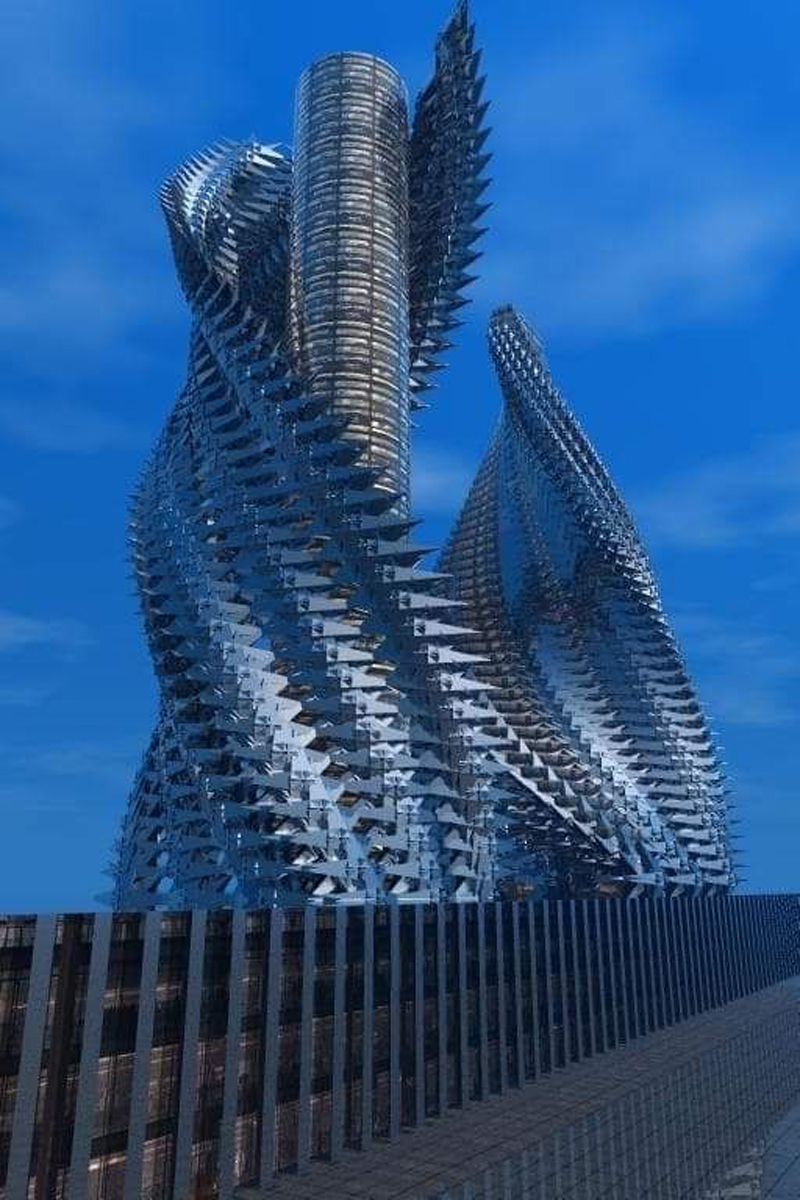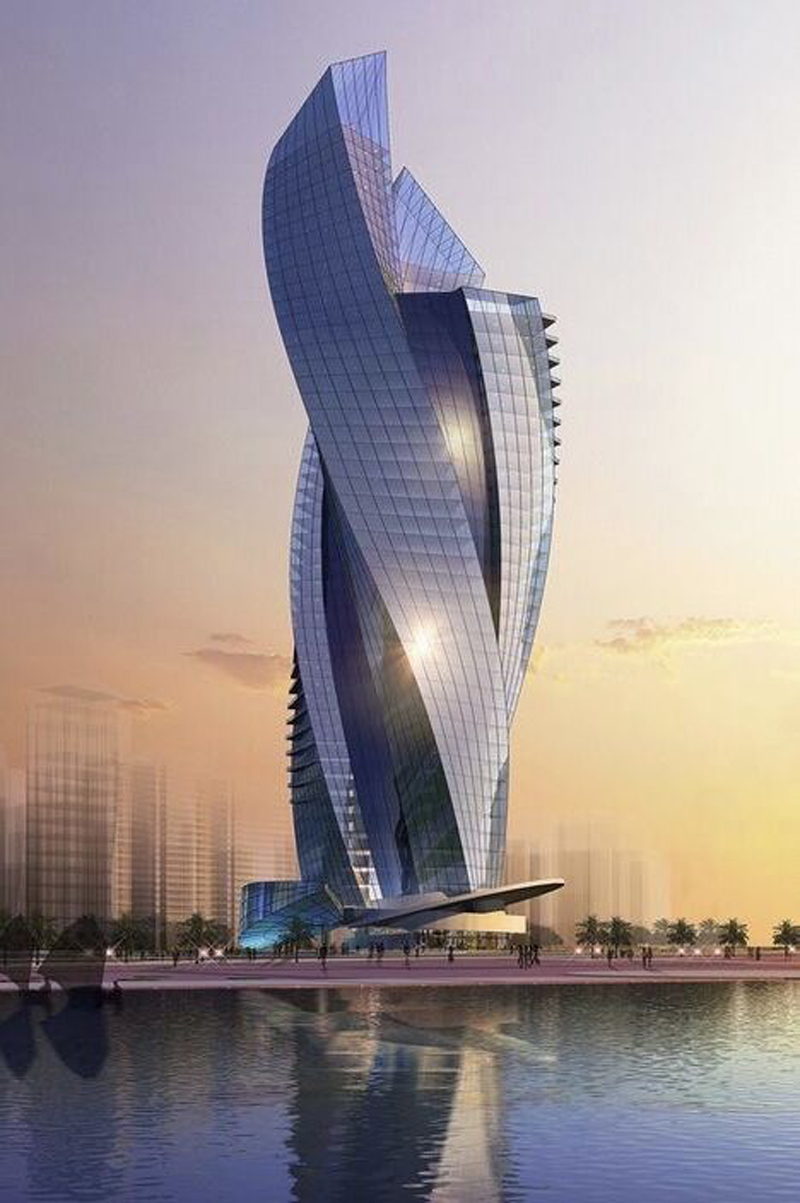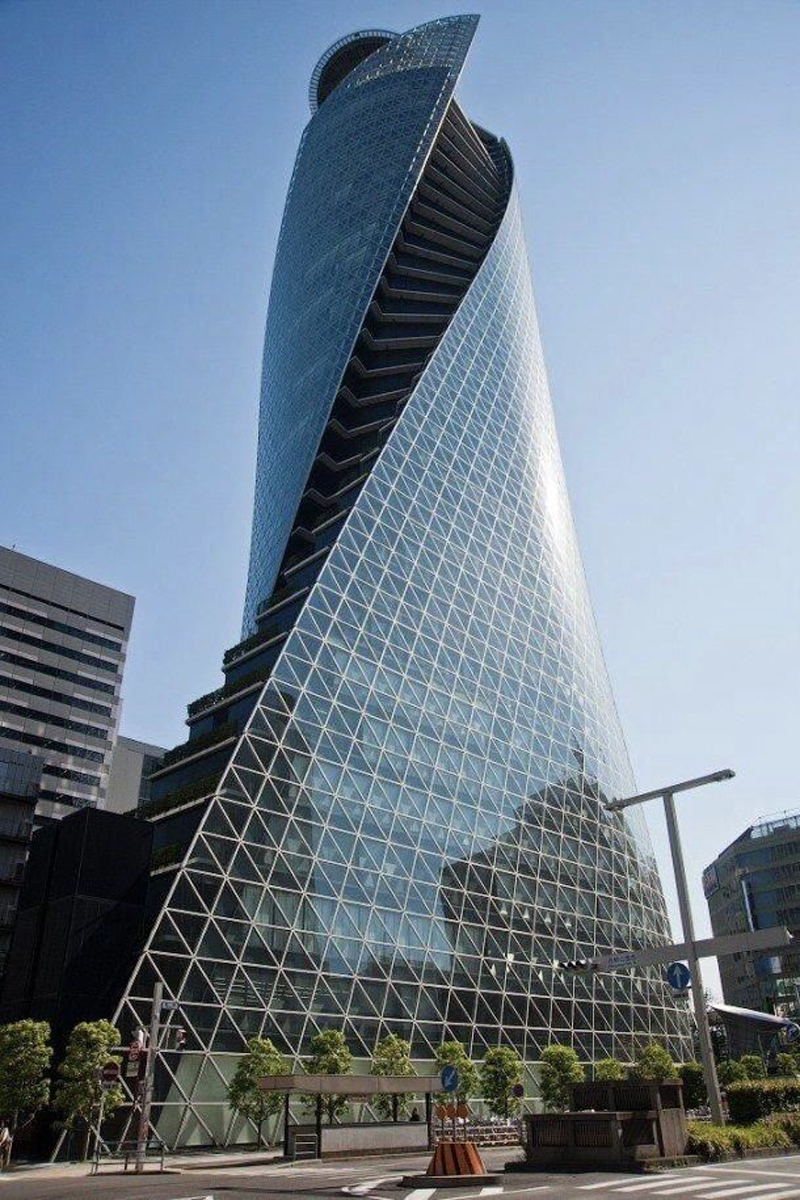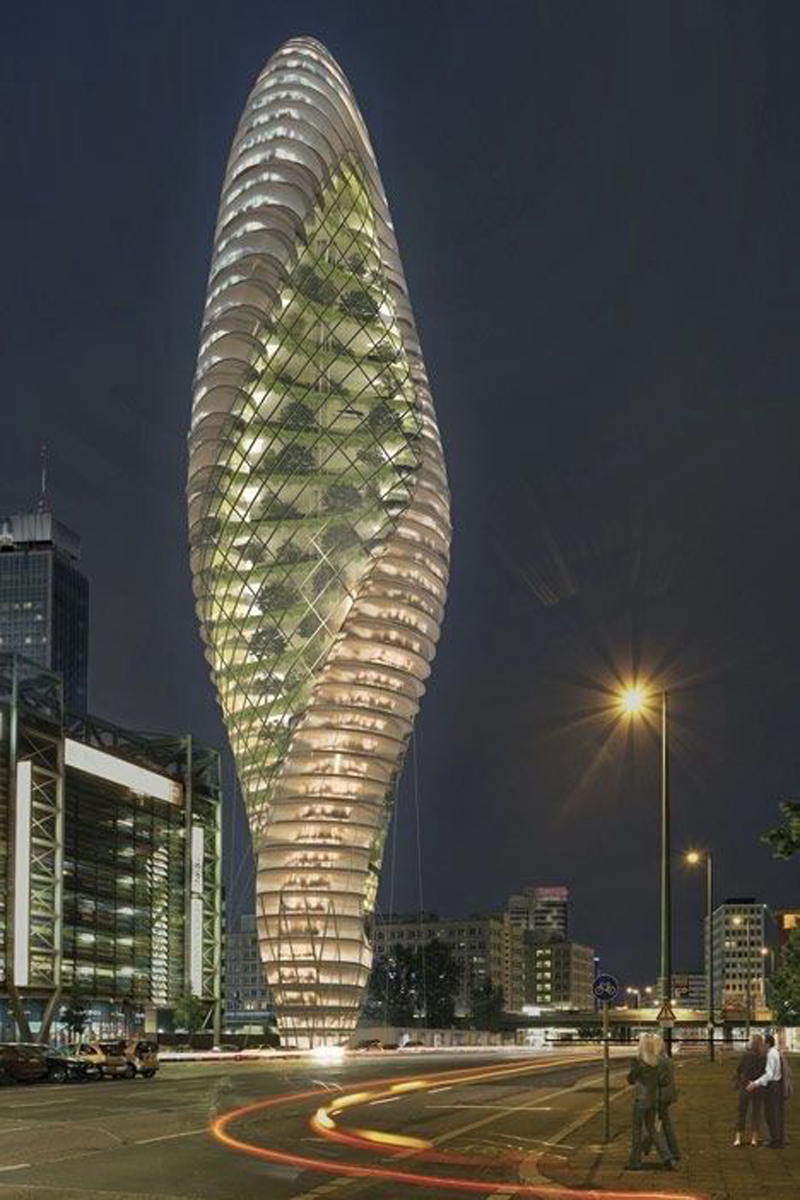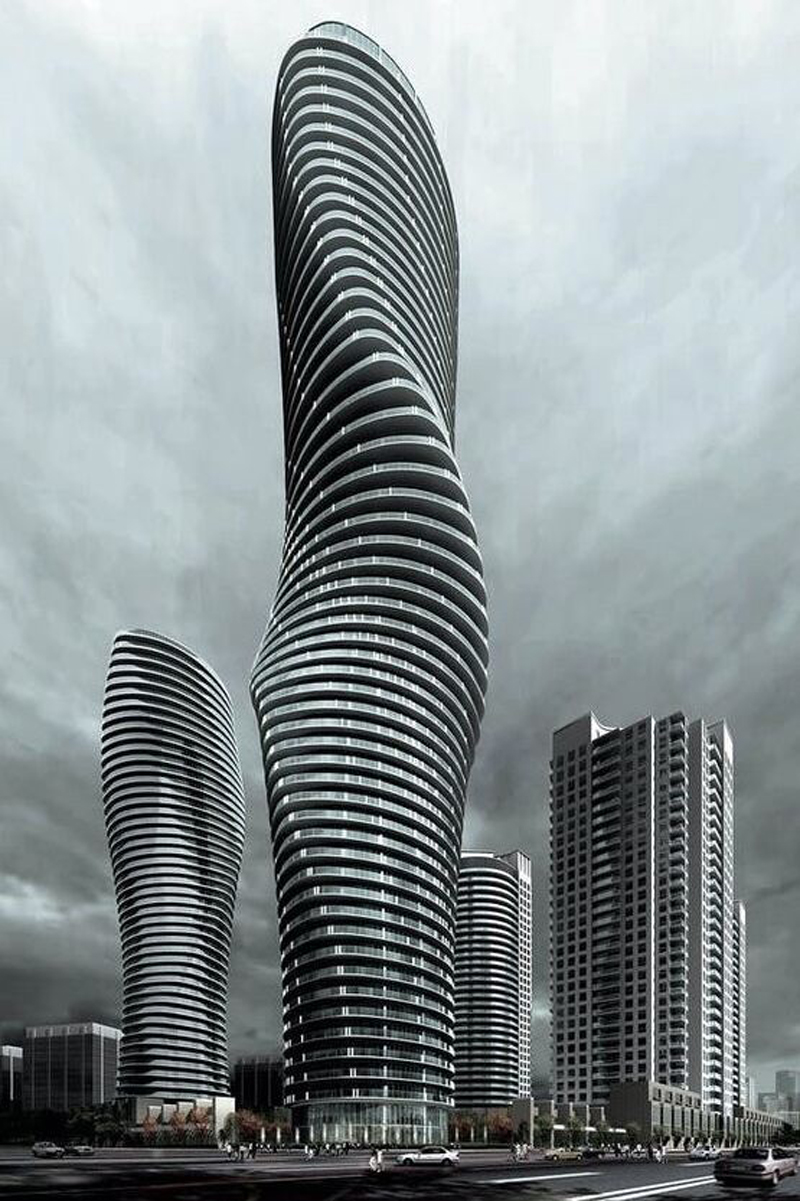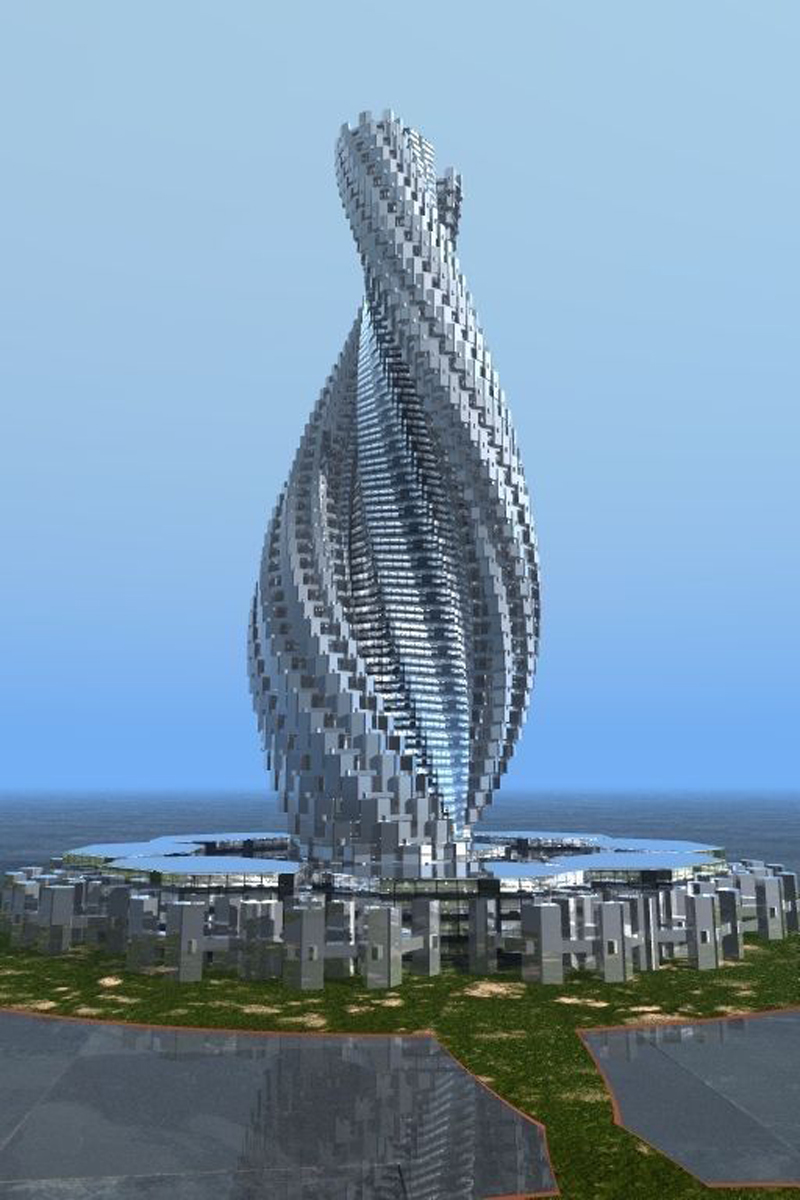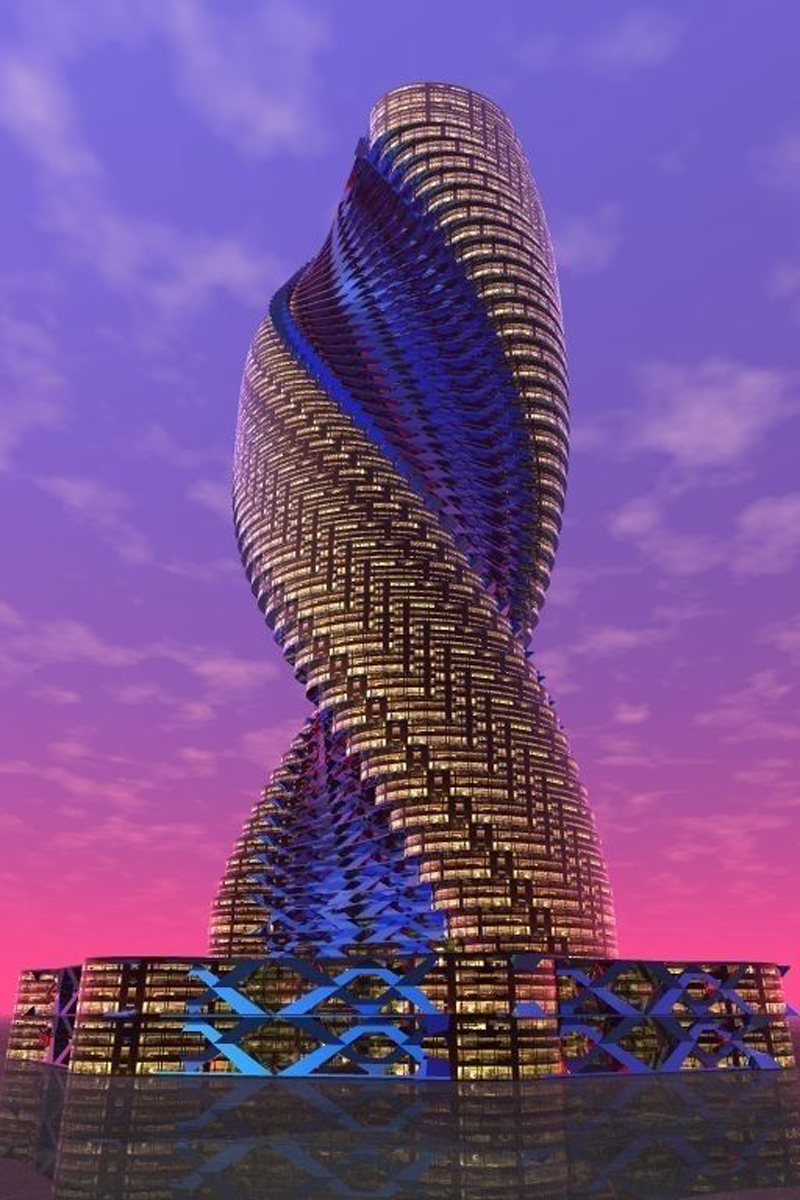A towering skyscraper is a tall building with a large number of floors, typically rising over 150 meters or 500 feet. They are a common feature in many major cities around the world, particularly in urban areas with limited land space. Skyscrapers have been possible thanks to advances in construction technology and materials, allowing buildings to reach greater heights than ever before. These buildings often serve as commercial spaces for offices and retail, as well as residential spaces for people to live in. The architecture of skyscrapers is often designed to be both functional and visually striking, with many featuring unique designs that make them iconic landmarks of the cities they are located in.
There are many examples of towering skyscrapers around the world. Some notable examples include:
- Burj Khalifa in Dubai, United Arab Emirates, which stands at 828 meters (2,722 feet) and is currently the tallest building in the world.
- Taipei 101 in Taipei, Taiwan, which stands at 509 meters (1,667 feet) and was the tallest building in the world from 2004 to 2010.
- One World Trade Center in New York City, USA, which stands at 541.3 meters (1,776 feet) and was completed in 2014 as part of the rebuilding efforts on the site of the former World Trade Center.
- Petronas Twin Towers in Kuala Lumpur, Malaysia, which stands at 452 meters (1,483 feet) and were the tallest buildings in the world from 1998 to 2004.
- Shanghai Tower in Shanghai, China which stands at 632 meters (2073 feet) and is the second tallest building in the world as of 2021.
These are just a few examples of the many towering skyscrapers that can be found around the world, Each of those have specific architecture features and design aspects that makes them specific,
Each of those building showcase different type of design and use of technology , they are all incredibly tall, but they also have distinct aesthetic features that set them apart from one another.
Twisted skyscrapers are a relatively recent design trend in architecture that has become popular in recent years. The twisting design is often achieved through the use of computer-aided design (CAD) software, which allows architects to create complex shapes and forms that would be difficult or impossible to achieve using traditional design methods. In addition to adding visual interest and dynamism, twisted skyscrapers are also designed to reduce wind loads and increase the amount of natural light that enters the building, making them more energy-efficient. Some of the latest design trends in architecture focus on using sustainable design practices and environmentally-friendly materials to make buildings more energy-efficient, including the use of renewable energy sources and green roofs.
Examples of twisted skyscrapers include the Cayan Tower in Dubai, the Infinity Tower in Singapore, and the Turning Torso in Malmö, Sweden.
There are several potential issues that can arise in the design and construction of towering skyscrapers. Some of these include:
Structural integrity: Tall buildings need to be able to withstand the forces of gravity, wind, and earthquakes, and any structural errors can compromise the safety of the building. Engineers use a variety of methods to ensure that the building is structurally sound, such as performing computer simulations to model the behavior of the building under different conditions.
Wind loads: As the building height increase , wind loads becomes more and more important to take into account. Skyscrapers are particularly susceptible to wind loads, which can cause the building to sway or even collapse if not designed properly. To mitigate these effects, architects and engineers use a variety of techniques such as structural bracing, wind tunnels testing and dampers.
Fire safety: Skyscrapers are at a high risk of fire, and any fire that breaks out on high floors can be difficult to contain and extinguish. This is why fire safety measures are crucial in the design and construction of skyscrapers, such as the use of fire-resistant materials, automatic sprinkler systems, and multiple fire exits.
Energy efficiency: Skyscrapers consume large amounts of energy, particularly for lighting and heating/cooling, and this can have a negative impact on the environment. Architects and engineers are working to find ways to make skyscrapers more energy-efficient, such as using energy-efficient lighting, solar panels, and green roofs.
Earthquake design: Skyscraper’s height make them a more complex building to design and build since they are affected by earthquakes in a different way than low-rise buildings. To mitigate these effects, architects and engineers use a variety of techniques such as base isolation, tuned mass damper, and vibration control system.
Overall, designing and constructing towering skyscrapers is a challenging and complex process that requires a great deal of expertise and attention to detail. Engineers and architects work together to ensure that the building is safe, efficient, and visually striking.
